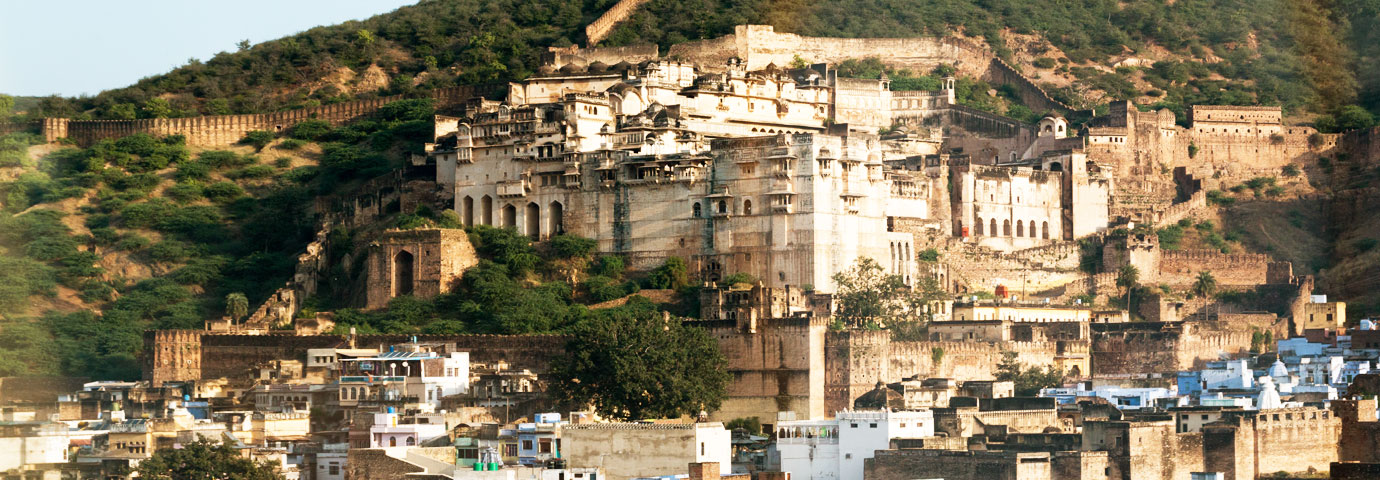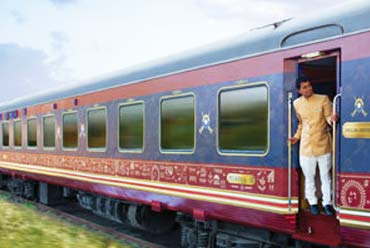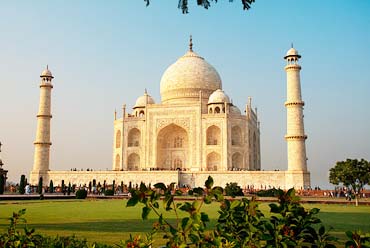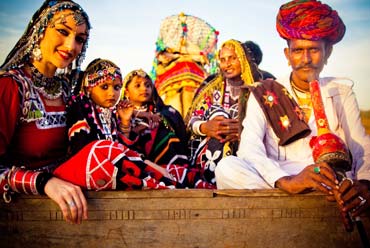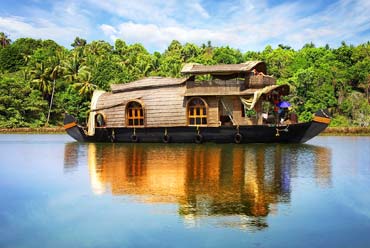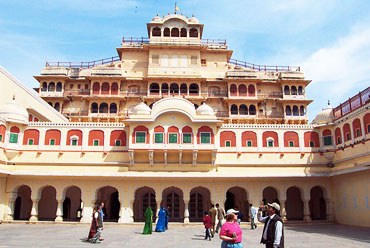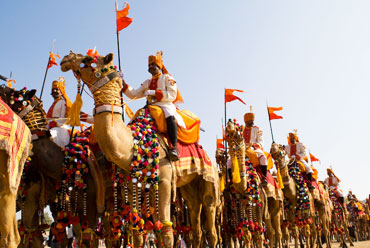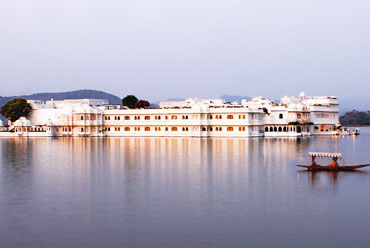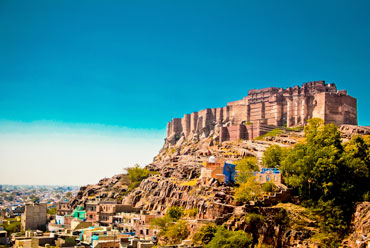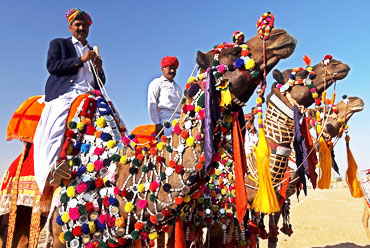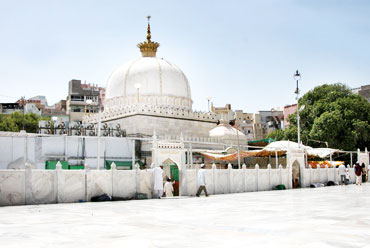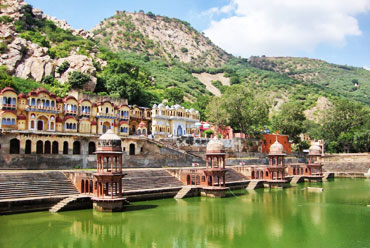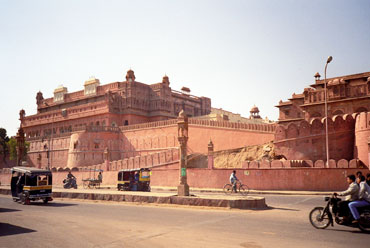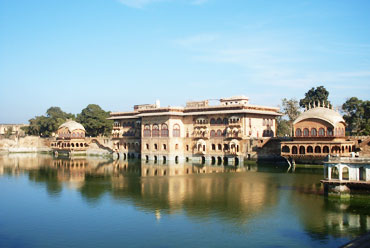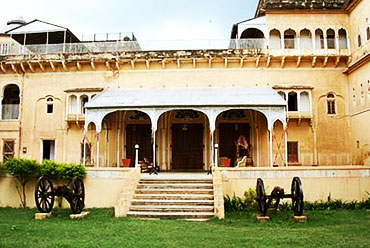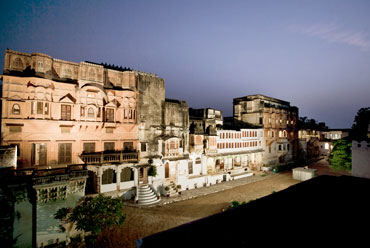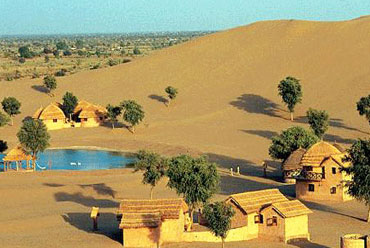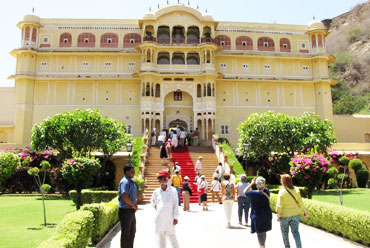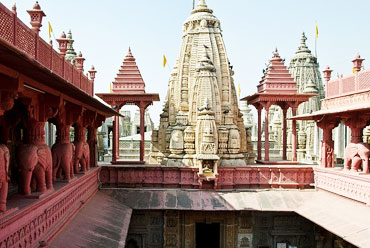The small, rustic town of Bundi was the capital of one of the erstwhile princely states of Rajasthan. It is known for its palaces, forts, baolis (step wells) and water tanks. The monuments and their architecture reflect the splendor of the local Rajput chiefs. The walls of the palaces at Bundi are decorated with life-size frescoes depicting the glory of its rulers.
Location
Bundi is located in the southern part of the state of Rajasthan, in the northwestern part of India. It is located amidst a hilly terrain, near a gorge. It is 206 km from Jaipur and 36 km from Kota. The climate of Bundi is extreme: summers are quiet hot (April-June) and winters are cool (October-February). It experiences scant rainfall between June and August.
History
The area of Bundi came under the Chauhan rulers in the 12th century. The descendents of the Chauhans set up their center at Bundi and ruled from here. Bundi got its name from Bunda, one of its former rulers. It was an important state at the peak of Rajput glory in medieval times. The association with the Mughals led to the decline of Bundi. In 1624, Emperor Jahangir pressurized the local rulers and split the erstwhile state into two parts-Bundi and Kota. Although the state lost its glory, it continued to be an independent state within the British rule and became a part of India when it gained independence in 1947.

